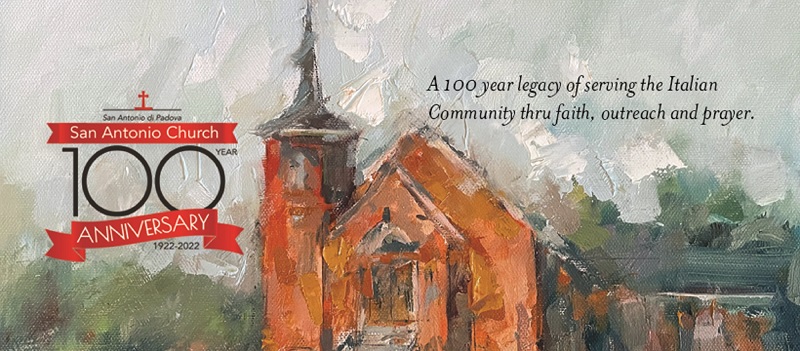We would like to thank everyone who has continued to contribute to the ongoing expenses of San Antonio Church by mailing in their weekly envelopes or by contributing electronically utilizing WeShare . The buttons at the bottom of this post allow you to make online donations directly to the listed account for San Antonio Church.
Weekly Bulletin April 9, 2023
by Terrie Evans
Welcome to San Antonio Church as we celebrate Easter or Resurrection Sunday with our 9:00 A.M. Mass. Our parishioners welcome Easter Sunday with, “Buona Pasqua”; as other Easter services typically begin with the Paschal greeting “Christ is Risen” and the response from the faithful is “He is Risen indeed, Alleluia”. Easter, also called “Pascha” is the beginning of the Easter Season that will last seven weeks until May 28th, Pentecost Sunday. The liturgical season from Easter to the Sunday after Pentecost known as the Pentecost Arion taken from a Byzantine Rite Book; contains the prospers of the moveable feasts in the period between Easter and the week after Pentecost. The week following Easter Sunday is called Easter Week or the Octave of Easter with every day of the week after Easter Sunday will be prefaced with Easter, as Easter Monday, Easter Tuesday, etc. The date of Easter was fixed by means of the local Jewish lunisolar calendar which is consistent with the celebration of Easter having entered Christianity during its earliest Jewish period. Easter is linked to Passover and the Exodus from Egypt that is recorded in the Old Testament through the Last Supper and the sufferings and the crucifixion that preceded Jesus’ Resurrection.
The traditional liturgical observance for Easter Sunday is practiced among Roman Catholics, Lutherans and some Anglicans that begins on the night of Holy Saturday with the Easter Vigil that follows an ancient liturgy which includes symbols of light, candles, water with readings from the Old and New Testament. In other denominations such as the Methodist Church, there will be Easter Sunrise Services with some starting in cemeteries to recall and remember the biblical narrative of the Gospels. In the Eastern Orthodox Church, services begin on late Saturday evening with a darkened church as parishioners wait in anticipation for the Resurrection of Jesus Christ. At midnight, the Priest will light a candle then the altar servers will light candles as the procession moves three times around the church to represent the three days in the tomb. The Orthodox service with all parishioners holding lit candles will last to the early hours of Easter Sunday morning with another traditional service to be held later in the day on Easter.
On this Resurrection Sunday, we light our new blessed Pascal Candle that will be used during the following liturgical year. The Pascal Candle symbolizes the light of Christ rising in glory that scatters the darkness of sin and death. The Paschal Candle has a cross, Alpha and Omega (the beginning and the end) and the numerals of the current year displayed on it. Grains of incense and wax “Nails” are affixed at the ends of the crossbars and in the center of the cross to be placed near the pulpit or the altar. During the 50 days of the Easter Season the Candle will be lit until the Solemnity of Pentecost.
There are many items associated with Easter such as the Lily that reminds us that all the events of Jesus’ life point to His death and Resurrection. A popular symbol is the Lamb often used to represent Christ which is also seen as good luck. Another Easter symbol is the egg which is an ancient symbol of new life, rebirth, spring and a new beginning. In early Christianity, it was forbidden to eat eggs during Lent as eggs were associated with the Crucifixion and Resurrection of Jesus.
In the Christian Community of Mesopotamia where the custom of the Easter Egg originated, the eggs were stained red in memory of the blood of Christ that was shed at His crucifixion. In many Italian homes, eggs will be colored on Holy Saturday a tradition that started in Italy around 1400, when Italians started dying Easter eggs by staining them with flowers, herbs and vegetables of different colors. They would use violets to color an egg purple or onion skins to dye them a bright golden hue. In the Eastern Orthodox Church, the Easter Eggs in families baskets are blessed by their Priests along with other foods forbidden during the Great Lent for distribution in church or to give in celebration of Easter. The Easter Egg for Christians symbolizes an empty tomb.
